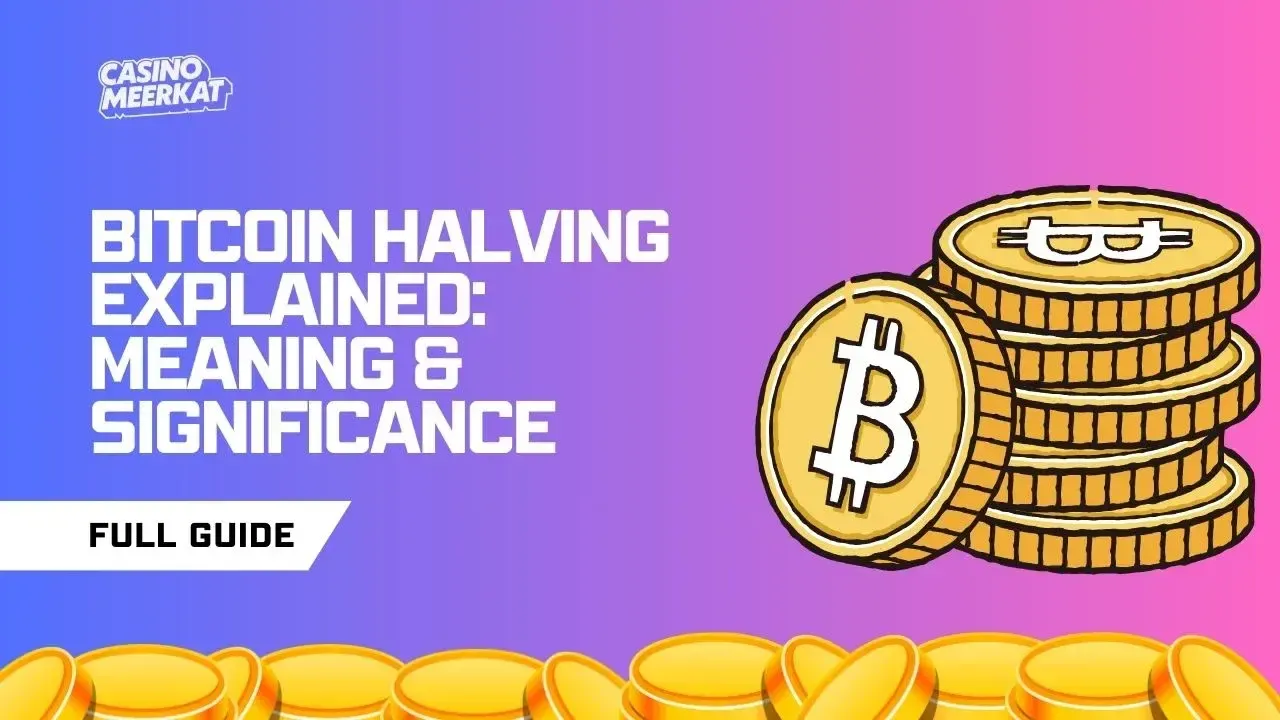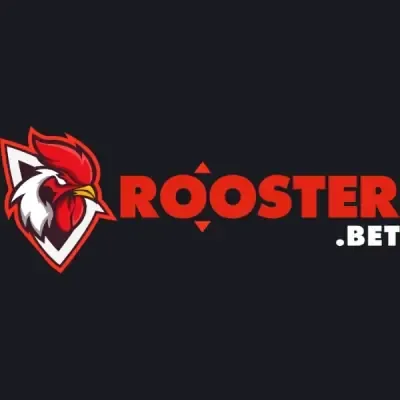
Bitcoin is a type of money that exists online and has no central body governing it. As opposed to normal money, which governments can print as much as they desire, Bitcoin has a fixed amount, meaning there will never be too many out there.
Only 21 million bitcoins will ever get created, and this was decided by the person who made bitcoin, Satoshi Nakamoto. This built-in scarcity is meant to help Bitcoin become more valuable as time goes on, just like gold and other precious metals.
To cope with this low supply, Bitcoin experiences a periodic event called the Bitcoin Halving. During this event, the number of newly minted bitcoins is cut in half. The reward of Bitcoin, which you get when you mine new blocks, is halved approximately every four years.
This event, called Block Reward Halving, lowers how quickly more bitcoins are added to the total supply. By cutting down on the number of new coins that are created, the halving helps keep Bitcoin rare, which could affect how much it's worth.
> Play BC.GAME and Claim 300% bonus Up To $/€20,000
What is Bitcoin Halving?
Bitcoin halving takes place at pre-set intervals and lowers the block reward for miners that insert new blocks into the blockchain. Every four years or once 210,000 blocks have been confirmed, a so-called block reward halving takes place.
The last block reward halving was on April 20, 2024, and lowered the reward for miners from 6.25 to 3.125 bitcoins per block. The purpose is to set and regulate the amount of new Bitcoins that are generated each year.
The halving events are planned in Bitcoin’s protocol and are known as part of the halving schedule. To make sure the number of new coins decreases gradually, Bitcoin cuts the block rewards little by little.
By limiting the coins in this way, the scarcity experienced with metals such as gold can well influence how the value of the cryptocurrency changes with time.
To be able to understand how Bitcoin works, you need to know what Bitcoin halving is. Every halving affects the miner. Besides, it changes other things, such as how profitable miners become and how the market is viewed by investors.
With diminishing rewards, miners strive to maximize, and this leads to innovation in the mining sector.
Why Does Bitcoin Halving Matter?
By halving, Bitcoin cuts the fee received by miners for each new block added to the blockchain, according to a planned schedule. The process of halving block reward takes place after every 210,000 blocks or roughly once every four years.
The most recent halving occurred on April 20, 2024, so how many bitcoins someone receives per block mined was changed from 6.25 to 3.125. The system helps Bitcoin regulate the number of new bitcoins that are added.
Halving is one of a set of scheduled protocols incorporated in the Bitcoin platform. Bitcoin slowly reduces the amount of money that miners get for each block, and also cuts the number of Bitcoin produced, keeping its supply and scarcity mechanism intact.
The mechanism tries to limit the supply of crypto coins such as gold, which can affect their worth in the future.
Bitcoin halving is a major determinant of how the economy of the cryptocurrency is run. All the halving of the reward has implications on the miners as well as other areas, such as the market's profit and how individuals perceive it.
As the rewards decrease, miners are forced to seek alternative ways of making money, which tends to bring increased efficiency and innovations into the industry.
> 25 No Deposit Free Spins at BitStarz | Play Now
The Halving Cycle: Historical Perspective
Bitcoin halving events happen every four years, which cut in half the number of bitcoins miners are paid for creating new blocks. Through block reward halving, Bitcoin is programmed to control the supply of bitcoins into circulation.
Gradually decreasing the block rewards ensures that new bitcoins are created less often, keeping the supply and scarcity intact. The first Bitcoin halving took place on November 28, 2012, in which the block reward was reduced from 50 BTC to 25 BTC. During that very year, Bitcoin's price was around $12.
From there on, the price soared to $1,100 around the end of 2013, showing potential price impact of halving events. The second halving event happened on July 9, 2016, and reduced the reward to 12.5 BTC. The second halving event happened on July 9, 2016, and reduced the reward to 12.5 BTC.
The Bitcoin price was about $650 in December 2013. During the subsequent 18 months, bitcoin's price skyrocketed to up to $20,000 in December 2017, which again shows how important how vital the halving is to the market.
The halving decreased the reward to 6.25 BTC in the third halving, which took place on May 11, 2020. Bitcoin was around $8,600 at the time. The price has since touched a new high of over $69,000 in November 2021, suggesting that halving events still impact the market.
Recently, on April 20, 2024, the halving took place and brought the reward down to 3.125 BTC. While it is too soon to understand all the results, history has shown that events like these can shape market responses, mining profitability, and how Bitcoin is perceived.
Learning about these halving cycles gives you insight into Bitcoin’s economic plans and what they could lead to ahead.
Market Sentiment and Speculation
Events like bitcoin halving tend to shape the way people view and talk about cryptocurrencies. Reducing the new bitcoins entering the market causes certain investors to expect scarcity. As a result, more people are drawn to bitcoin and trading becomes more active. In previous halving cycles, this champing at the bit has led to a rise in prices. While some halvings cause a big rise in price, others only lead to modest changes.
Halving does not directly decide the price change as supply is not the only factor involved. The way that investors act and what is happening in the economy have a significant effect. Bitcoin shot up in price during 2020 halving, mostly influenced by a rise in institutional money and good economic situations.
However, in 2024 the price rise was not as significant as expected, indicating other factors can dampen the expected rise in price. News around halving events tends to increase the level of volatility. Some traders carry out trades with the hope of taking advantage of predicted short-term price movements.
With these actions, the swing in prices can become larger, making the market harder to predict. This kind of volatility points to how quickly feelings about cryptocurrency investments can change with new information and investor predictions. Halving events help generate the regular ups and downs in the Bitcoin market.
The occurrence of every halving event usually means a new era for the cryptocurrency and tends to affect both investor emotions and the market trends. The upcoming halvings in the Bitcoin cycle can cause investors to change their investment strategies because they expect certain results.
> Get $75,000 Weekly Raffle at Stake
Effects on Bitcoin Miners
Miners are affected by halving events since the amount they get from mining blocks is cut in half. Block rewards were halved again on April 20, 2024, making the reward for each block 3.125 bitcoins instead of 6.25. Consequently, those miners with higher costs or less efficient gear have to find ways to still make this work. The first case is that Antminer S19 rigs are not as profitable anymore, whereas the S21 series offers better profit.
As a result of the halving, there is more competition, which causes miners consolidation. Smaller or weaker mining firms have a greater chance of being taken over by more financially backed firms. We have seen this trend following the 2024 stopping, as large players like MARA, CleanSpark, and Riot now own a larger share of the overall Bitcoin block rewards.
As there are fewer rewards, miners can slow down, which causes the hash rate used in processing Bitcoin to decrease. As the hash rate decreases, the security of the network and even the processing time of transactions can also be reduced. However, miners can still use cheaper electricity and more efficient hardware, which can contribute to their power in the network.
To stay ahead, though, miners are finding other ways of earning an income and coming up with new innovations. Some are merely changing what they use their computers for, say, to help with something such as artificial intelligence or other high-priority computations.
Conclusion
Bitcoin halving greatly impacts how the Bitcoin network will evolve. Splitting the block reward in half every four years is used to limit the number of bitcoins that are created every year. The system is part of the Bitcoin supply limit, and its value won’t lose over time. Halving is one that can be seen by traders, investors, and miners when measuring the health and activity of the crypto market.
When Bitcoin halves, it controls how much Bitcoin is being created, if it's worth enough to mine to be economically sound, how much the market will pay for the currency, and what the public thinks the investment is. Looking at history, it is possible to notice regularities that point to both higher prices and more miners grouping into larger pools.
Although every halving leads to different outcomes, the main purpose is always to slow down the release of Bitcoin to preserve its value. As Bitcoin develops further, the halving events will still shape its structure, its interaction with the market, and how others see it.







